Optimal Timing for Concrete Repairs
Timing is crucial for effective concrete repairs. The optimal period depends on weather conditions, temperature, and humidity levels. Performing repairs during favorable conditions ensures proper curing and adhesion, leading to longer-lasting results.
Spring offers moderate temperatures and lower humidity, making it ideal for concrete repairs. This season allows for proper curing without the risk of extreme weather.
Summer provides warm conditions, but high temperatures and direct sunlight can cause rapid drying. Repairs should be scheduled during cooler parts of the day for optimal results.
Fall typically presents mild temperatures and lower precipitation, creating suitable conditions for concrete repairs before winter sets in.
Winter temperatures can hinder curing and lead to cracking. Repairs during cold weather require special considerations or postponement until conditions improve.
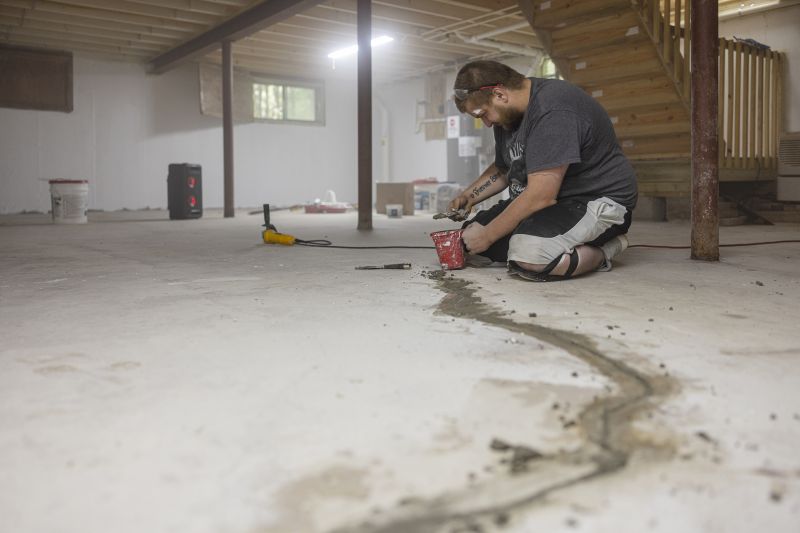
Ways to make Concrete Repairs work in tight or awkward layouts.
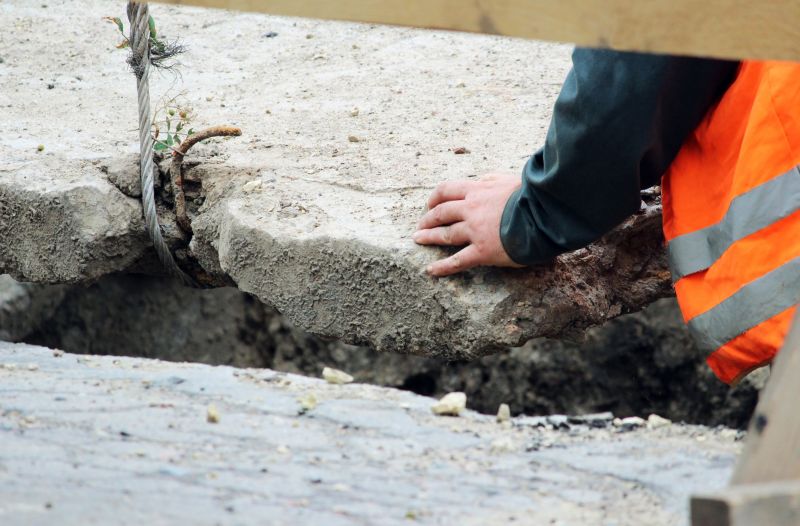
Popular materials for Concrete Repairs and why they hold up over time.
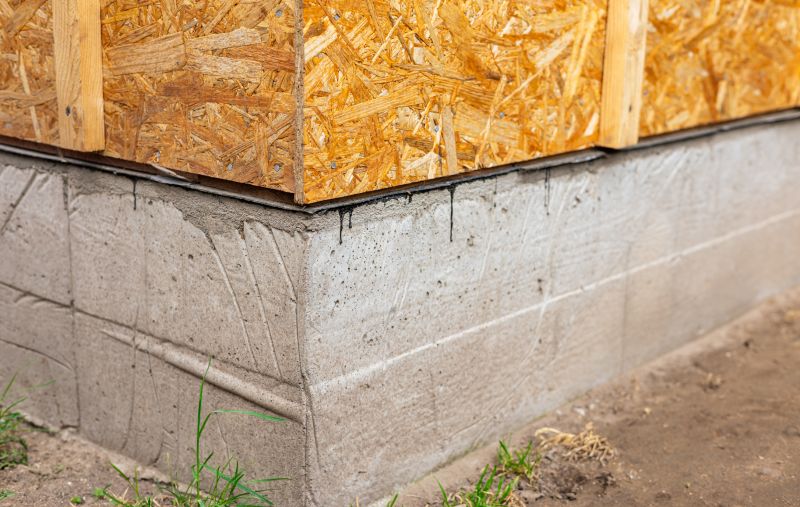
Simple add-ons that improve Concrete Repairs without blowing the budget.
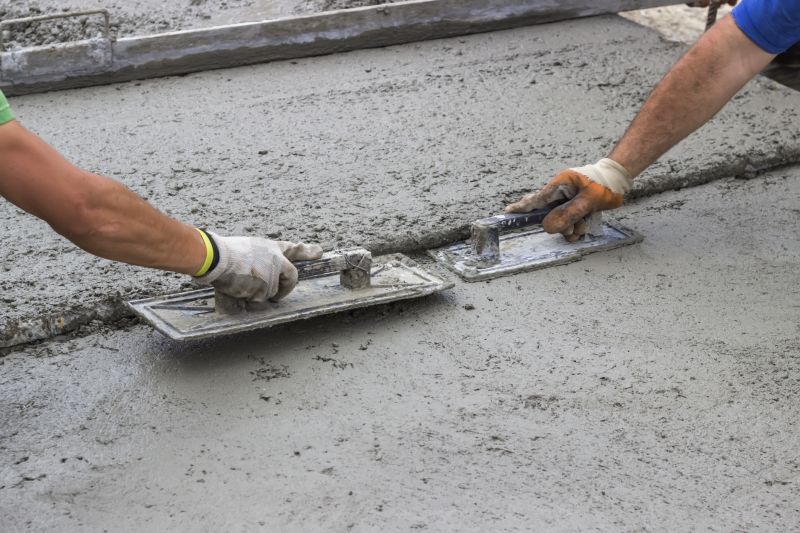
High-end options that actually feel worth it for Concrete Repairs.
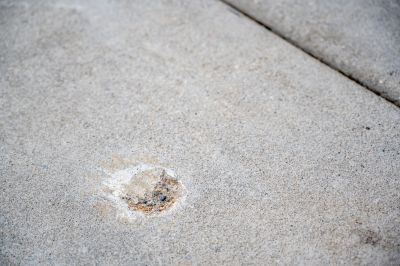
Finishes and colors that play nicely with Concrete Repairs.
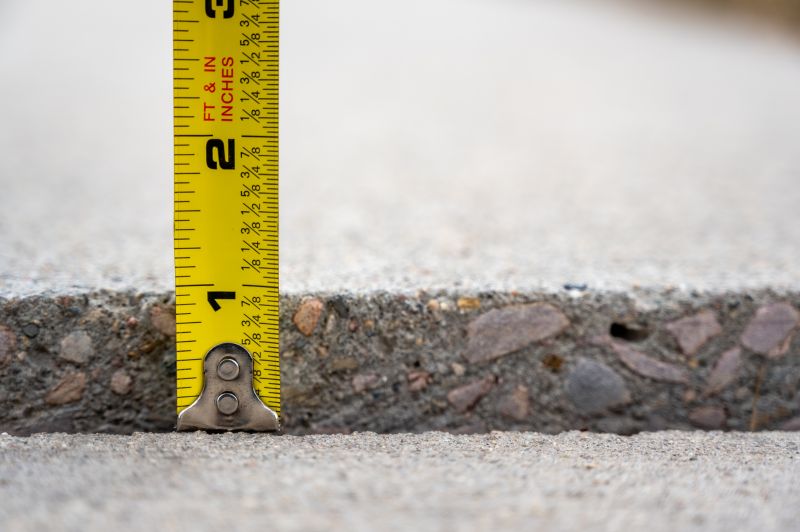
Little measurements that prevent headaches on Concrete Repairs day.
Concrete repairs are essential for maintaining the integrity and appearance of structures such as driveways, sidewalks, and foundations. Proper timing ensures that repairs withstand environmental stresses and provide durable results. Weather conditions influence curing times and the quality of repairs, making seasonal planning vital for successful outcomes.
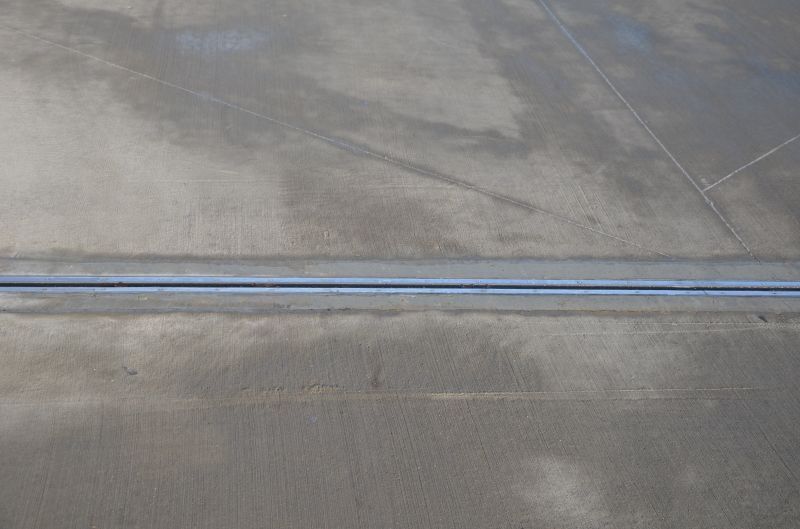
A 60-second routine that keeps Concrete Repairs looking new.

A frequent mistake in Concrete Repairs and how to dodge it.

Small tweaks to make Concrete Repairs safer and easier to use.
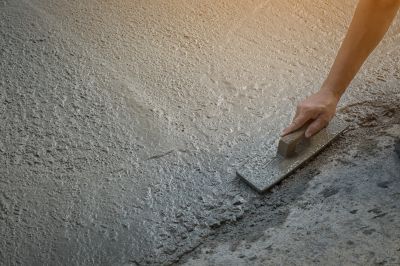
Lower-waste or water-saving choices for Concrete Repairs.

The short, realistic tool list for quality Concrete Repairs.
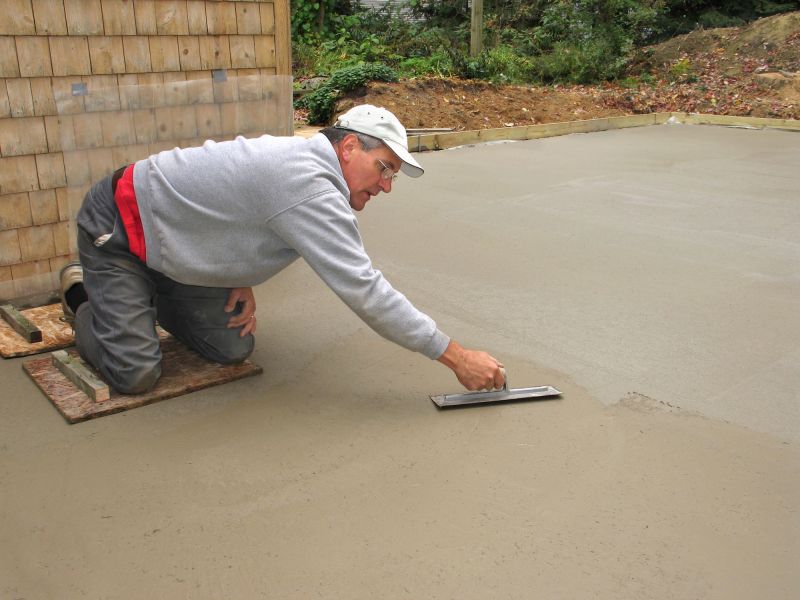
Rough timing from prep to clean-up for Concrete Repairs.
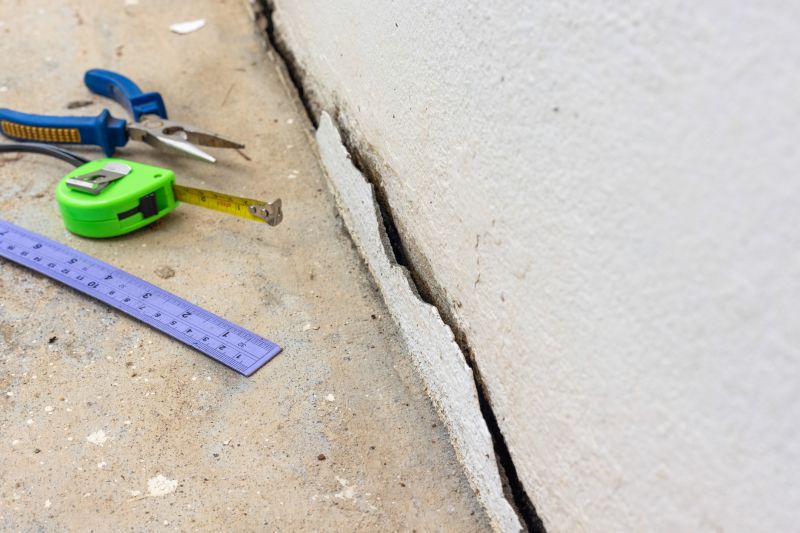
Quick checks and paperwork to keep after Concrete Repairs.
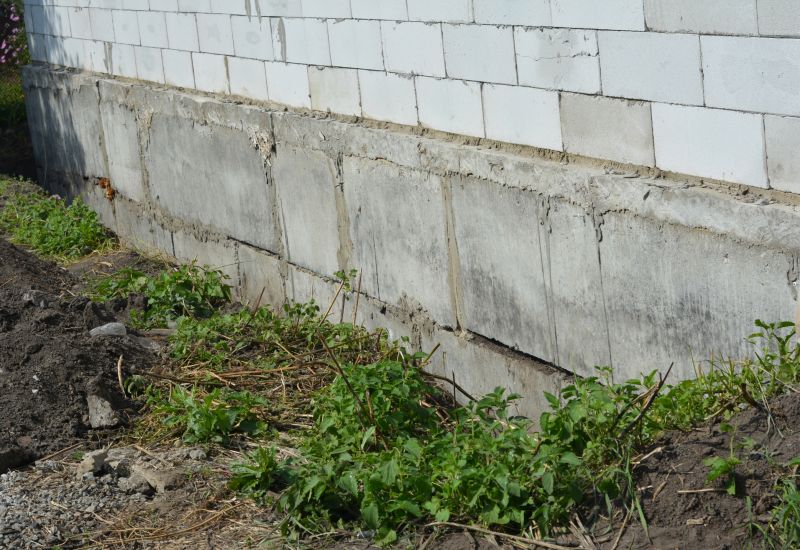
Examples that show the impact a good Concrete Repairs can make.
| Season | Ideal Conditions |
|---|---|
| Spring | Moderate temperatures, low humidity, and less rain |
| Summer | Early morning or late afternoon repairs to avoid heat |
| Fall | Mild temperatures and lower precipitation |
| Winter | Cold temperatures and potential for frost |
Choosing the right time for concrete repairs maximizes durability and minimizes issues such as cracking or improper curing. Monitoring weather forecasts and planning repairs during suitable seasons can lead to better performance and longer-lasting results.
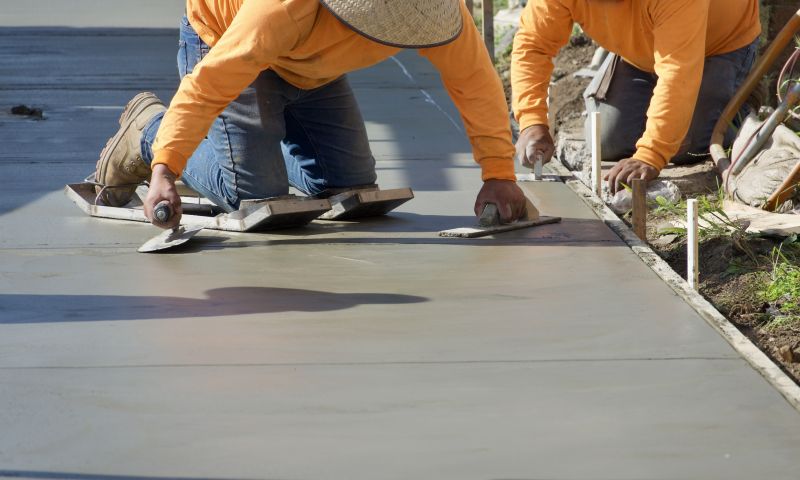
Ways to make Concrete Repairs work in tight or awkward layouts.
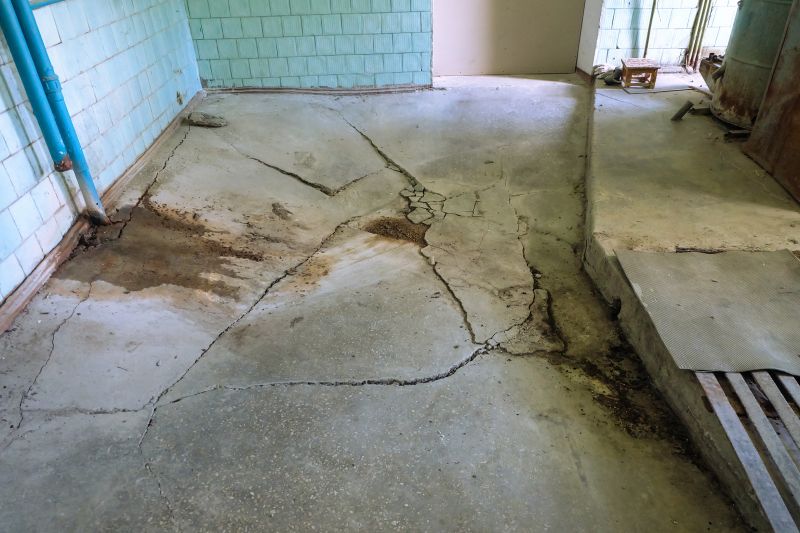
Ways to make Concrete Repairs work in tight or awkward layouts.
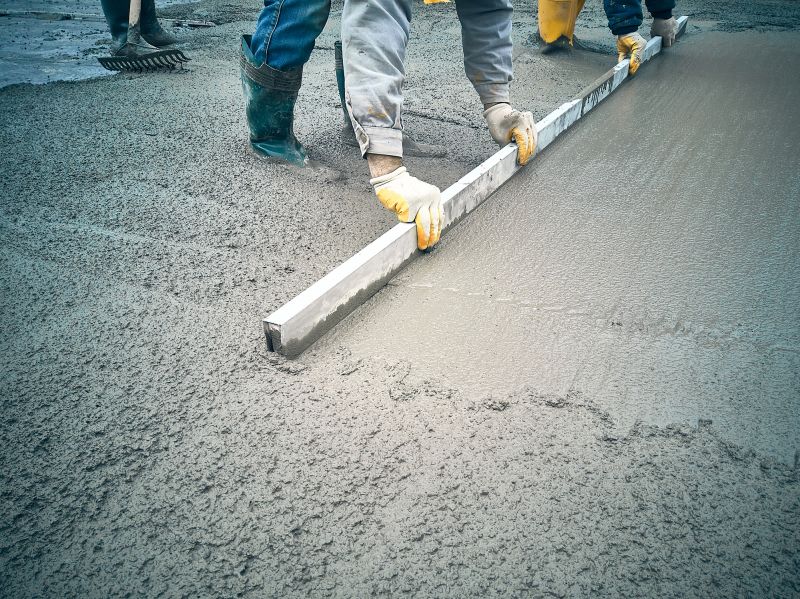
Ways to make Concrete Repairs work in tight or awkward layouts.
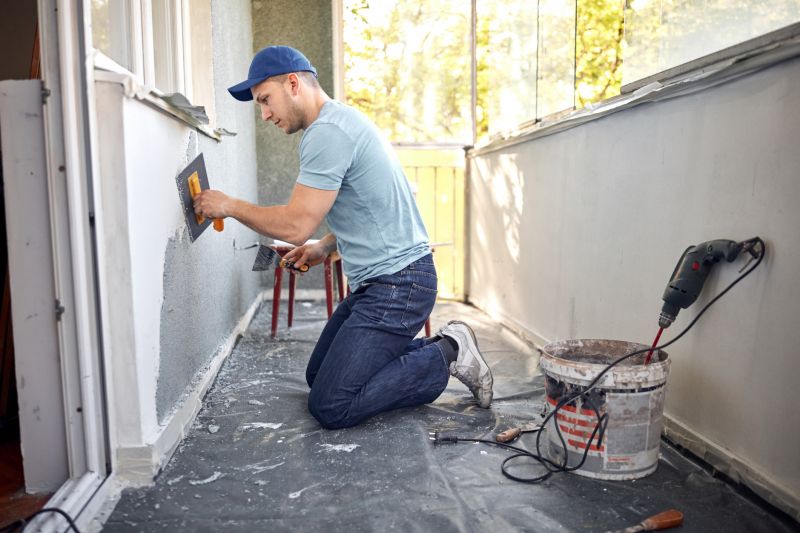
Ways to make Concrete Repairs work in tight or awkward layouts.

Ways to make Concrete Repairs work in tight or awkward layouts.

Ways to make Concrete Repairs work in tight or awkward layouts.
Timely concrete repairs help prevent further deterioration and costly replacements. Proper scheduling according to seasonal conditions ensures that repairs are effective and long-lasting. Consulting with specialists can provide additional guidance on the best timing for specific projects.
Interested in concrete repairs? Filling out the contact form can provide further assistance and scheduling options tailored to specific needs.

